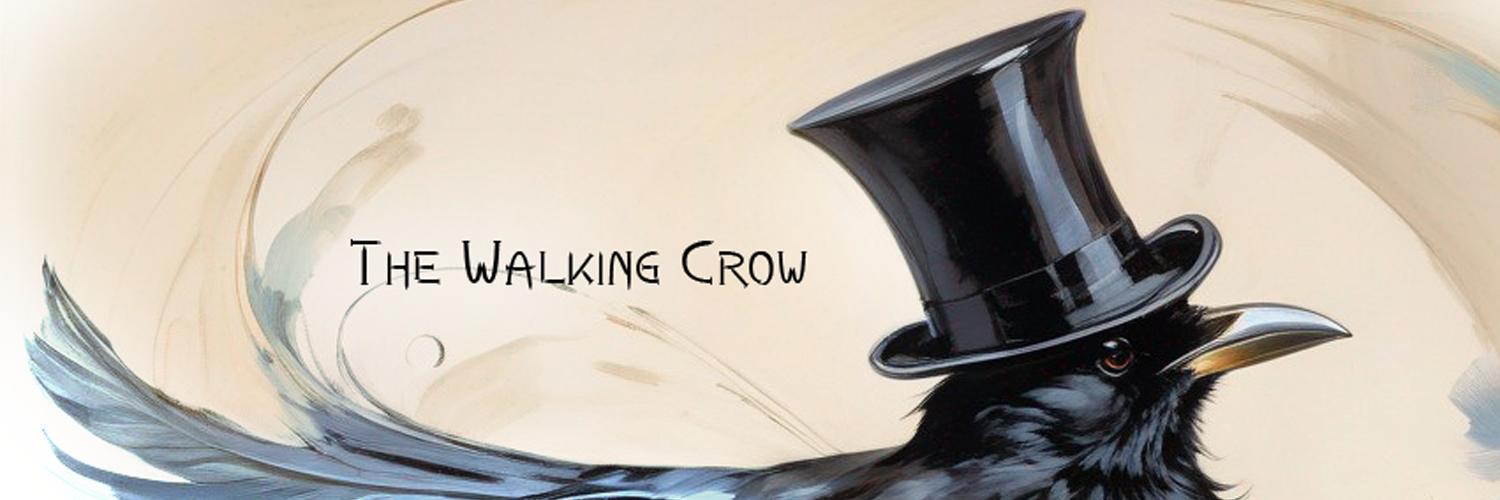
by Jamie Sherfy | Nature, Plants
The Asparagus Fern, scientifically known as Asparagus densiflorus ‘Sprengeri’, is a popular ornamental plant noted for its feathery foliage and cascading growth. Native to South Africa, it thrives in USDA zones 9-11, prefers bright indirect light, and requires regular watering and moderate to high humidity. The plant is toxic and requires careful handling.

by Jamie Sherfy | Nature, Plants
The Anthurium, also known as “Flamingo Flower,” is a tropical plant admired for its striking spathes and longevity. With over 1,000 species, it thrives in well-draining soil and high humidity. Although toxic if ingested, it enhances indoor environments while requiring consistent care, including careful watering and pruning.

by Jamie Sherfy | Nature, Plants
The Polka Dot Plant (Hypoestes phyllostachya) is a tropical houseplant known for its vibrant, speckled foliage. Native to Madagascar and Southeast Asia, it thrives in bright, indirect light with moderate humidity. Non-toxic and visually appealing, it improves indoor air quality and promotes well-being, making it a popular choice for indoor gardening.

by Jamie Sherfy | Nature, Plants
The Fiddle Leaf Fig (Ficus lyrata) is a popular houseplant known for its large, violin-shaped leaves. It thrives in bright, indirect light and well-draining soil. Caution is needed due to its mildly toxic sap. Beneficial for air quality and mental well-being, it requires consistent care to flourish indoors.

by Jamie Sherfy | Nature, Plants
The Walking Crow Blog features a guide to house plants and gardening, offering comprehensive resources for both novice and experienced gardeners. It aims to help transform living spaces into green oases. Alongside the guide, the blog showcases its latest posts, covering various topics within the gardening spectrum.

by Jamie Sherfy | Nature, Plants
The Zulu Giant, or Stapelia gigantea, is a drought-tolerant succulent from South Africa known for its large, foul-smelling flowers that attract pollinators. It thrives in well-draining soil and full sun to partial shade. Mildly toxic, it can be grown indoors or as ground cover, needing minimal care and occasional fertilization.

by Jamie Sherfy | Nature, Plants
The Ant Plant, or Myrmecodia beccarii, is a unique epiphyte from tropical rainforests, known for its symbiotic relationship with ants. It thrives in warm, humid environments and requires specific care, including bright indirect light and regular watering. While not toxic, handling it may provoke ant stings.

by Jamie Sherfy | Nature, Plants
The Angel Wings plant, or Senecio candicans, is a striking succulent featuring silvery-white leaves resembling angel wings. It thrives in Zones 8-10, requiring well-draining soil and full sun. Although it is drought-tolerant, it is toxic to humans and pets. This low-maintenance plant is ideal for beginner gardeners.

by Jamie Sherfy | Nature, Plants
The Fairy Elephant’s Foot, or Dioscorea elephantipes, is a unique succulent from South Africa, resembling an elephant’s foot. It thrives in USDA zones 9-11, requires well-draining soil, and should be watered sparingly. This plant contains toxic compounds and is traditionally used for medicinal purposes despite lacking scientific support.

by Jamie Sherfy | Nature, Plants
Aloe vera, known as the “Wonder Plant,” is a resilient succulent with multiple health benefits, including soothing properties for skin irritations and potential digestive aid. Thriving in warm environments with proper care, it requires well-draining soil and infrequent watering. It’s a versatile indoor plant that also purifies air pollutants.










